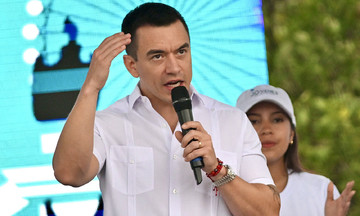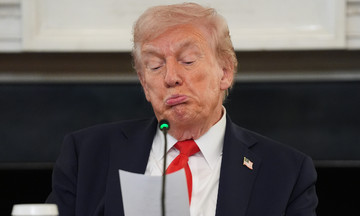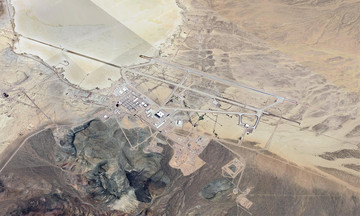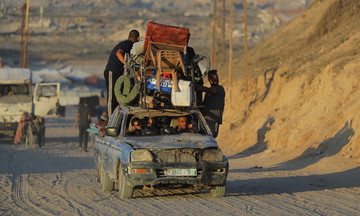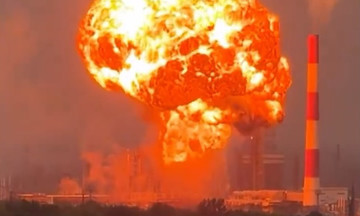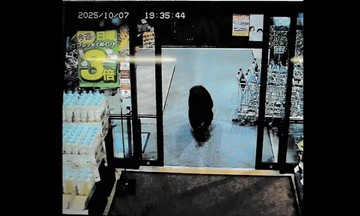In a social media post on September 11, Polish President Karol Nawrocki stated, "This provocative act by Russia is an attempt to test our capabilities and response. They want to check NATO's mechanisms and responsiveness. Poland, as a NATO member, will not be intimidated or afraid of Russian unmanned aerial vehicles (UAVs)".
He also shared photos of his visit to the 31st Air Base in western Poland. During the visit, according to local media, President Nawrocki declared that Poland "passed all tests".
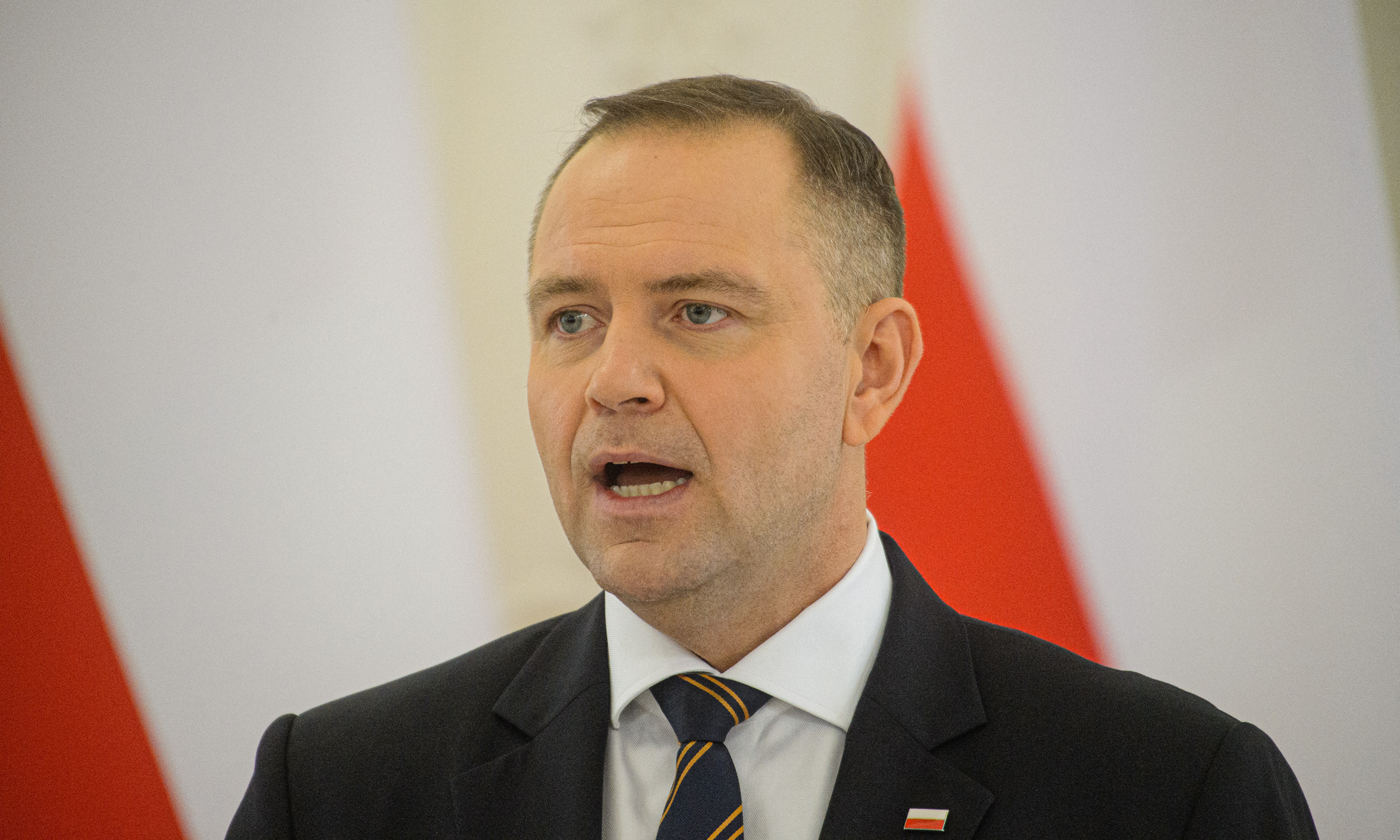 |
Polish President Karol Nawrocki speaks in Vilnius, Lithuania on September 8. Photo: AFP |
Polish President Karol Nawrocki speaks in Vilnius, Lithuania on September 8. Photo: AFP
The German government announced the same day it would "extend and expand" NATO air patrols over Poland to enhance the country's defense. The German air force will double its Typhoon fighter jet deployment in Poland from two to 4, and extend its mission by three months.
French President Emmanuel Macron also announced the deployment of three Rafale fighter jets to "support the protection of Polish airspace and NATO's eastern flank alongside our allies".
On September 10, Polish Prime Minister Donald Tusk said at least "19 Russian UAVs" entered Polish airspace, mostly originating from Belarus. Polish air defense and NATO units responded, shooting down at least 4 drones, while the rest apparently crashed after running out of fuel.
Polish authorities said most of the UAVs crashed in the eastern province of Lubelskie, but two flew over 300 km inside the border. A house and a car were destroyed, but there were no casualties.
Published images show objects believed to be Gerbera decoy UAVs that crashed in Poland. This drone model, developed by Russia to support long-range Geran UAVs, can be configured as suicide weapons or decoys. There is no indication the drones that entered Polish airspace were armed with warheads.
On September 10, the Russian Ministry of Defense announced a large-scale combined strike with high-precision weapons and long-range UAVs against defense enterprises in western Ukraine.
"Russia does not intend to attack any targets in Polish territory. The UAVs allegedly flying into Polish airspace have a range of no more than 700 km. We are ready to consult with the Polish Ministry of Defense on this issue," the ministry said.
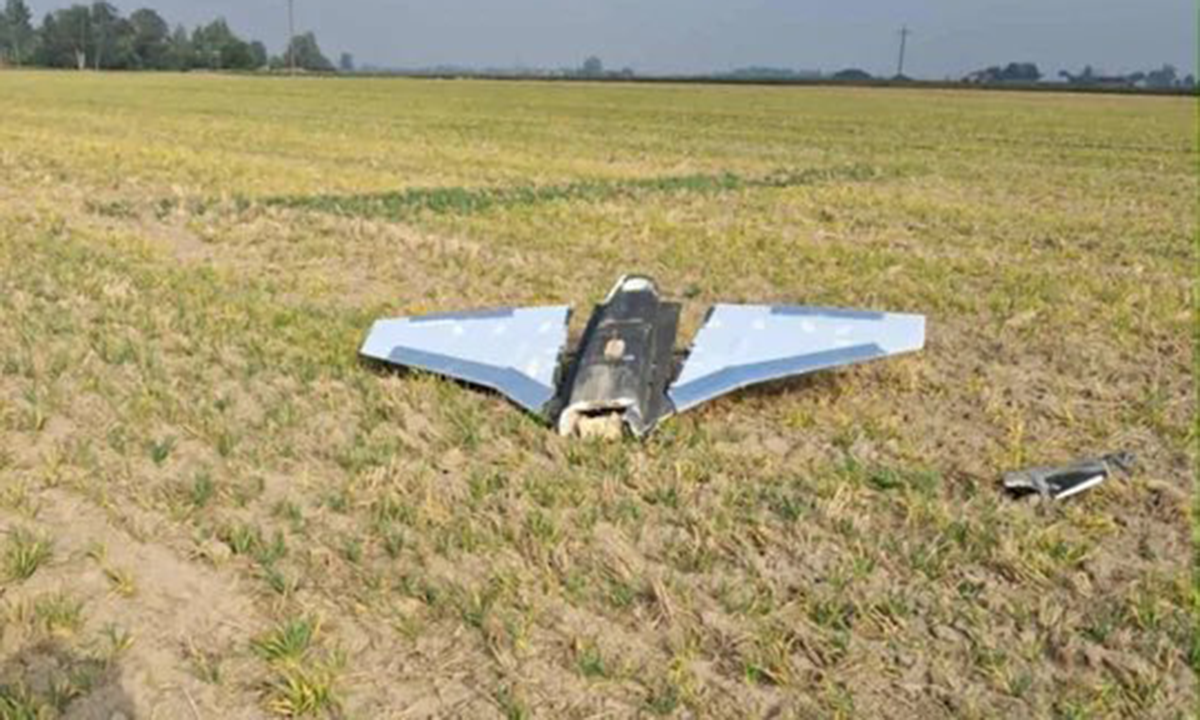 |
An object believed to be a Gerbera UAV crashed in Poland on September 10. Photo: Lublin 24 |
An object believed to be a Gerbera UAV crashed in Poland on September 10. Photo: Lublin 24
Since the outbreak of the Ukraine conflict, missiles from Moscow and Kyiv have occasionally strayed into Polish airspace. Most of these were Russian cruise missiles targeting western Ukraine, typically passing briefly through Polish airspace en route to their targets.
The most serious incident occurred in 11/2022, when a Ukrainian S-300 air defense missile crossed the border and landed in a Polish village, killing two people. Poland has since regularly activated its air defense systems and deployed fighter jets in response.
On August 18, a suspected Russian UAV flew into Poland and crashed in a cornfield about 100 km from the Ukrainian border. The explosion caused no casualties, but shattered windows in nearby houses. The Polish defense minister admitted that the country's air defenses failed to detect the drone, despite being on high alert.
Pham Giang (According to AFP, War Zone)



